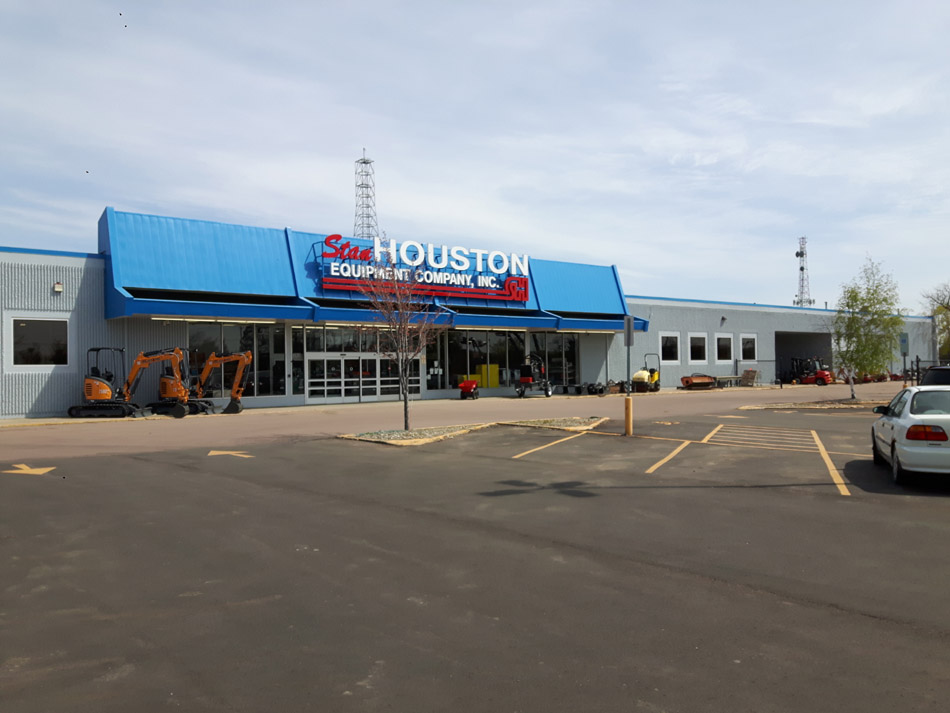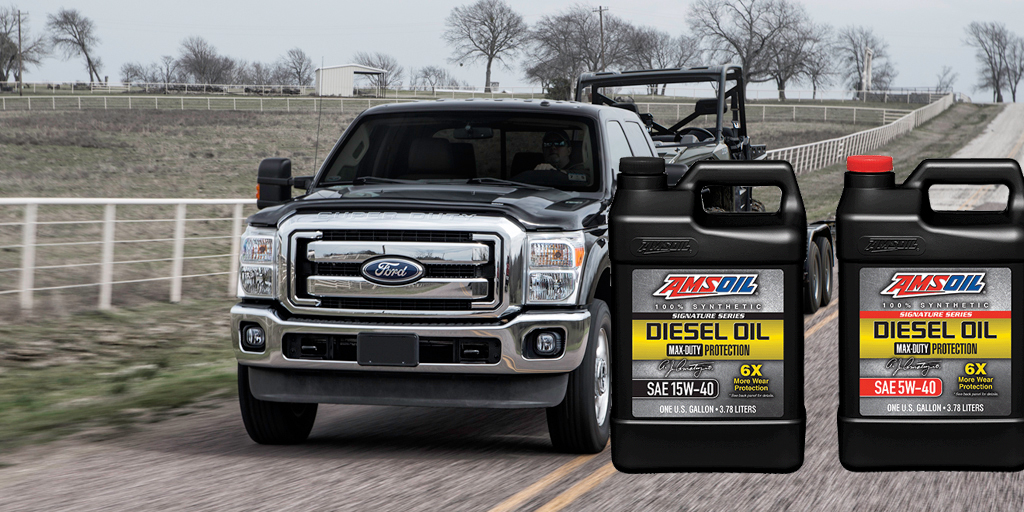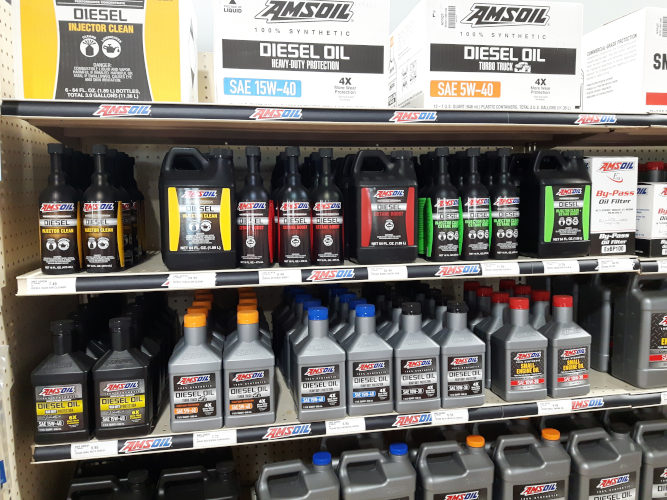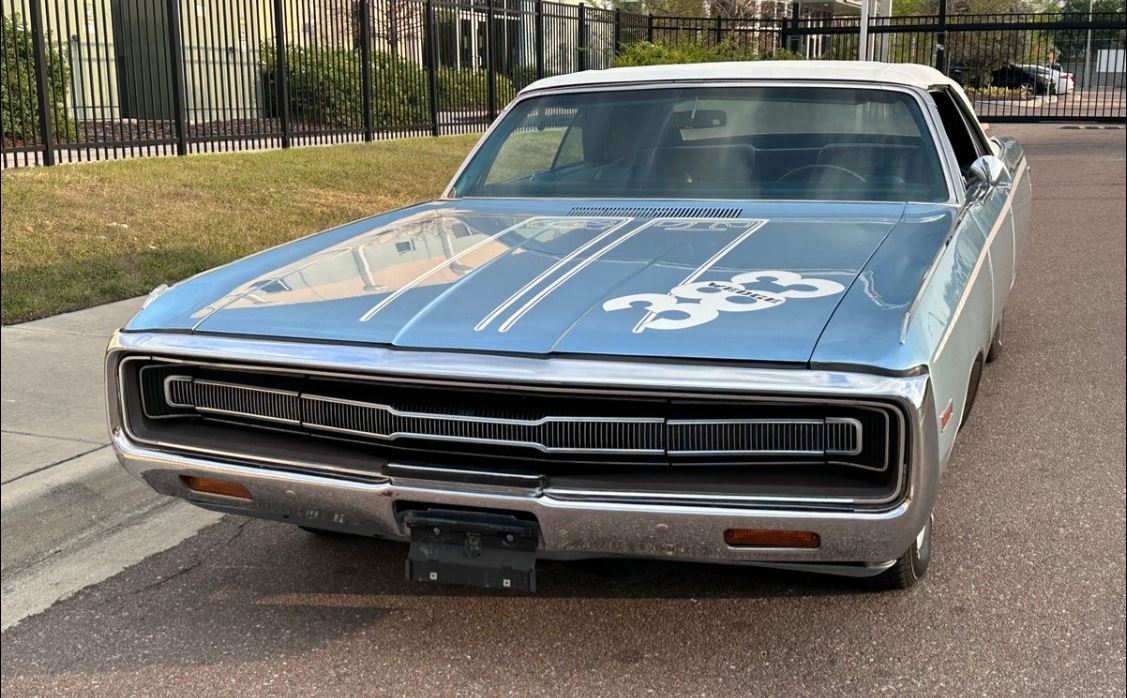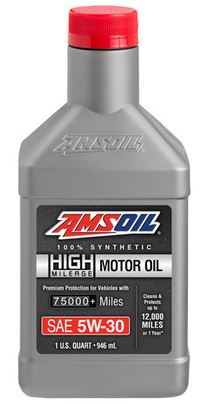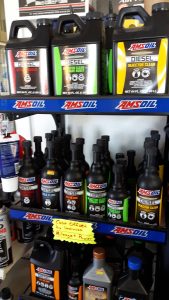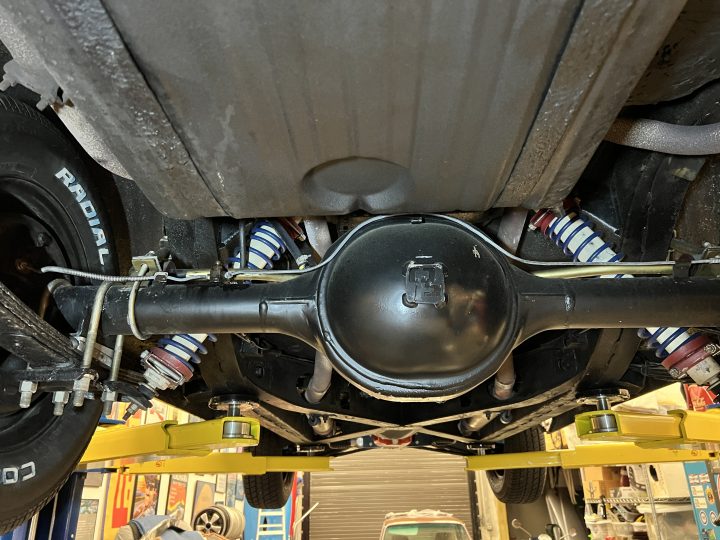From the President An oil company out of Florida called Amalie* is being sued for knowingly misrepresenting its motor oil as good for modern vehicles. It is alleged that Xcel Premium Motor Oil*, made by Amalie, is falsely advertised as being safe for vehicles. According to the lawsuit, the oil is advertised as “premium,” and […]
What to Know When Choosing a Fork Oil
Fork Oil – Which do I use? We sell a good amount of fork oil in Sioux Falls thanks to some great motorcycle shops who know how to maintain the various units out there. But if you have a shop manual, the right tools and some patience give it a try! Some units are very […]
Amsoil Diesel Fuel Additives Best Choice...
Our Diesel Fuel Additives Will Save Your Fuel System and Add Performance Diesel fuel additives are the most overlooked motor maintenance item next to motor oil. An essential product that must be added to every tank. Many diesel drivers mistakenly think a fuel lubricant is okay every other tank. New diesel owners are not being […]
Why Top Landscapers (Like Duluth Lawn Ca...
Why Top Landscapers (Like Duluth Lawn Care) Trust AMSOIL Andy Arendt|Mar 18, 2019 12:26 PM Landscape professionals provide the most demanding proving grounds for two-stoke equipment. Their string trimmers, backpack blowers, chainsaws and other equipment run continuously in hot, dirty and wet conditions. And their brutal schedules leave no time for breakdowns. As the video […]
